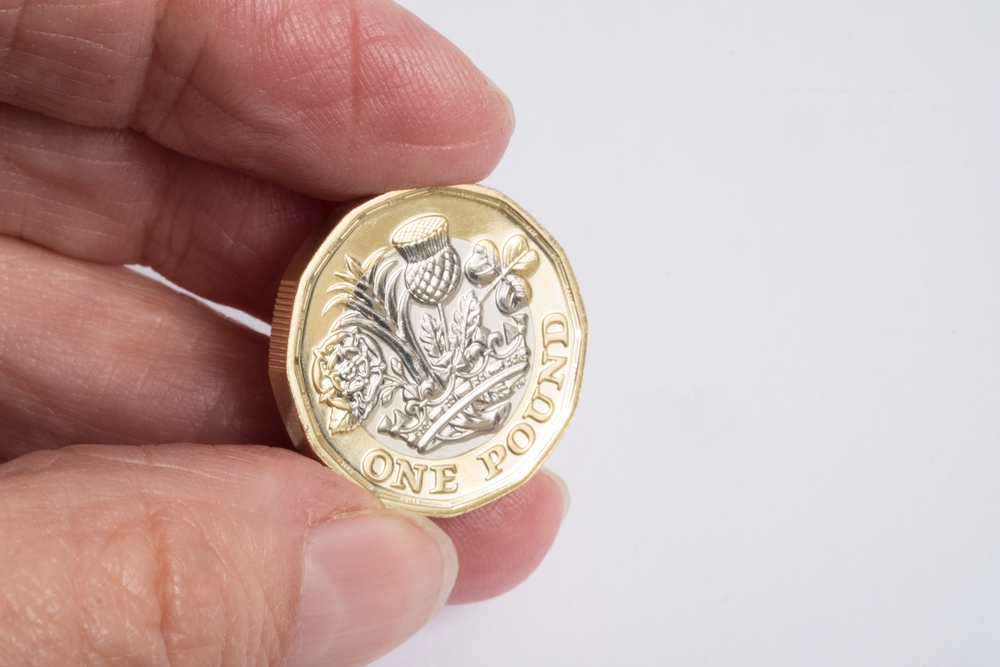24 Mar 2017
What a £1 coin could have made you if you invested it in 1983

The humble £1 coin has been in the news, as we are to see a new version entering circulation next week.
The replacement is meant to be harder for criminals to fake. It is about the same as the old one, but has 12 edges and is gold and silver.
You will have until October 15 to spend old £1 coins or return them to the bank.
The current version has been around since 1983, but unfortunately inflation has slashed its value over the decades.
Asset manager M&G has worked out that a £1 coin left in your money jar at home for these last 34 years has buying power of just 32p compared to when it was issued.
But, if you had put £1 in shares in 1983, you could have seen the value grow enormously.
Growth
Tracking the rise in the FTSE all-share index, your £1 would have had a value of £11.66 by the end of 2016, after allowing for inflation plus reinvestment of income each month.
Ritu Vohora, investment director at M&G, said that the replacement of the old £1 coin was a "timely reminder" of the corrosive effects of inflation.
"Our analysis shows that you can turn even a modest investment into a healthy pot of money if you are willing to accept an element of risk and are in a position to make a long-term investment," she said.
This investment in shares would far outstrip putting your money into gold, which would have had a real value of £1.05 by the end of 2016, and a cash savings account with a real value of £1.33.
M&G calculated that investing £1 in government bonds would have seen it grow to a real value of £4.93 by the end of 2016.
Putting the money in UK residential property would have seen the real value grow to £2.42 over the same period, M&G said.
Investing
Allan Gardner, financial services director at Aberdein Considine, said the lure of investing the stock market can be tempting at a time when the annual return on instant access savings accounts is tiny.
However, he stressed it is important to diversify your investments to ensure your long-term financial objectives are met.
Mr Gardner added: "The right savings or investments for you will depend on how prepared you are to take risks, your current finances and future goals.
"It's a good idea to have cash invested in a variety of different asset classes."
Most people choose from four main asset classes: Cash in a bank or building society; fixed interest securities; shares; and property.
Independent financial advice
If you are planning your financial future, Aberdein Considine can offer you the support of some of Scotland's most talented and respected independent financial advisers.
Whether you want to buy a property, secure an income for retirement, pay for your children's education, provide for dependents or pass your estate to your family, we can provide you with a high-quality service which is tailored to your lifestyle.